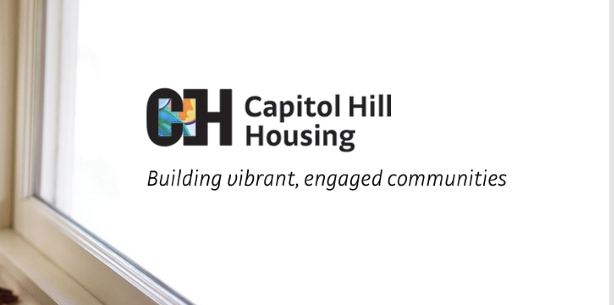Non-Profits On $500K Units: “It Is Simply Too Complicated to Explain.”
I don’t usually root around lots of public meeting minutes, even for City Council or legislative meetings. But for some reason yesterday I thought I’d look up the last few meetings of the Capitol Hill Housing Board of Directors. You may not know it, but Capitol Hill Housing is a Public Development Authority which means it is subject to many of the disclosure requirements that local governments have. I was mainly looking to see what their board was saying about operating costs at 12th Avenue Arts (here they are: 12th Ave Operating), the project that when one does simple math ($47 million divided by 88) indicates a per unit cost of more than $500,000. Now I actually posted one explanation from Kim Herman of the Washington State Housing Finance Commission (WSHFC) who told the legislature that non-profit projects are more expensive because of community meeting rooms with nurses in them.
But in digging around the minutes of one of the meetings I found something interesting. A section called, “Public Relations Cost of Developing Affordable Housing.” And I felt all warm inside. They were talking about me!
I’m going to be nice and not name names, other than organizational ones. But I’ll start quoting.
There is concern in the local and housing communities about the cost of developing affordable housing. Roger Valdez, a local writer/reporter, has taken on this issue, but has a distorted reality about project costs. Valdez has repeatedly written that the cost of the 12th Ave Arts building was $500,000, when in reality it is $251,000 per unit. Per unit cost is determined through an independently audited cost certification at end of project, but Mr. Valdez has taken all of the costs of the building, including the police parking, restaurants, and theaters into the housing costs.
What’s odd is there is concern about the costs of developing affordable housing. Should we figure out how to reduce those costs? No, let’s start a PR offensive. Often, when I have criticized the expenditures on housing using per unit figures, I ask, “Is there another way to look at this?” And the answer is usually something along the lines of, “There are other things besides housing in the project!”
But that’s true of any mixed use project. So even if with some kind of discount for the parking, rooms for nurses, and retail, the costs to produce a market rate unit, minus those amenities, would still be lower. So we’re back to the fact that non-profit subsidized housing simply costs more to produce. One person at the meeting then said that he,
Thinks that while affordable housing may cost somewhat more than market rate, there is spotty evidence and information is difficult to get. [He] noted that we are developing our own analysis of those costs. [Others], have been unsatisfied with [the] HDC’s [Housing Development Consortium] reaction and direction, who have said that it is simply too complicated to explain.
It’s too complicated to explain. Well, that’s why we had to get the legislature to get the Joint Legislative Audit and Review Committee (JLARC) to figure it out; they’re pretty smart. They’ll have an answer in September.
Then the minutes say,
We agree we need to do public relations work on this issue and are planning conversations with other housing leaders.
Another participant threatened some “possible next steps” about “Mr. Valdez’ lies.” Cue Darth Vader music here.
It’s worth noting that at a subsequent meeting a board member after reviewing the minutes,
Noted a proposed edit to the Executive Committee Minutes & Report on Page No. 56. She suggested changing the phrase “Mr. Valdez’ lies” to “Mr. Valdez’ misstatements”.
The earlier meeting got even better. Here’s another board member who,
Mentioned that our messaging around this will be important. A lot of people focus on numbers, but we should focus on value of our buildings, including their sustainability and their effect on the community. [Another board member] mentioned that to the extent that there are cost differentials, we could give examples of why it might be more expensive and that those things should be changed (ie government regulations). [The first board member] proposed that comparing market rate and affordable housing is like comparing apples and oranges.
Wow. Just another day in the world of non-profit housing. Who cares about numbers? What’s amusing and sad about the last comment is that even the angry board members acknowledge it is more expensive to build their product and that “government regulations” are the reason why. This is what I have asked them to do all along; get together with us and help cut down many of those regulations that make all housing expensive.
But the board would rather spend the public time and resources finding ways to shut me up about this, even though they acknowledge it is more expensive and that other explanations are “too complicated.” It’s time for everyone to find a way to cut back all the self-imposed expenses that make housing more expensive, something that hurts poor people the most.


